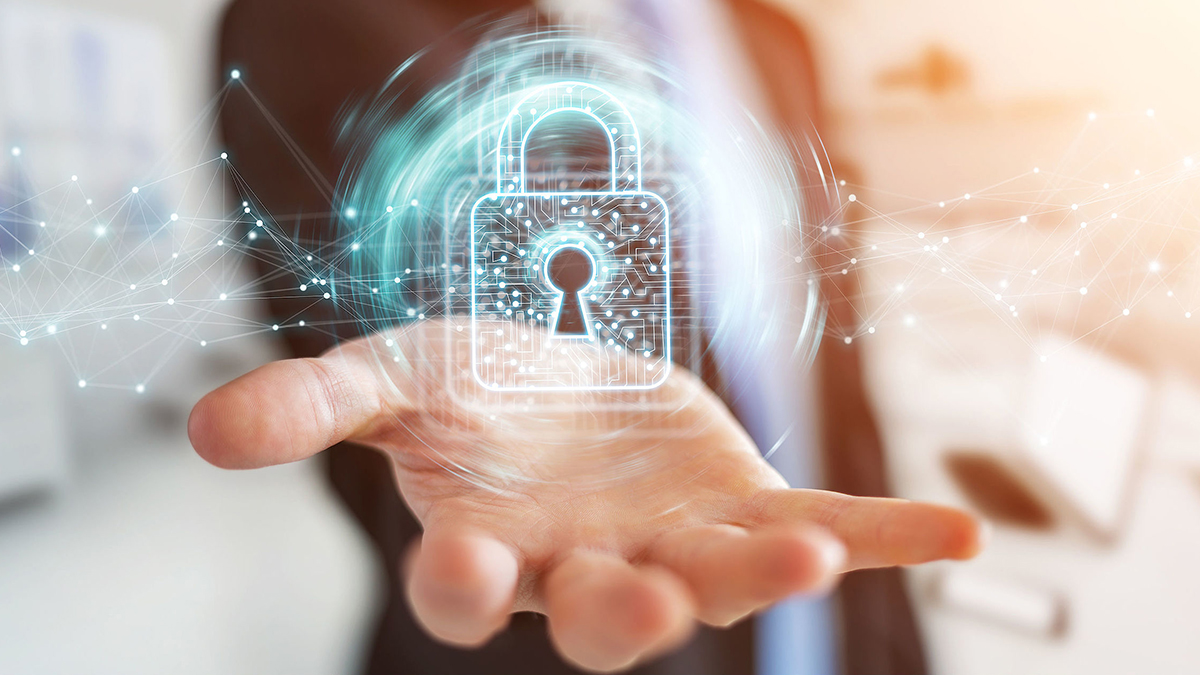Information is an asset to an organization, as valuable as other important operating assets, so it needs to be properly protected continuously. Information security can protect information from various threats, ensure continued operations, minimize operating losses, and obtain a return on investment and business opportunities.
What Is Information Security?
Information security refers to procedures and tools designed to protect sensitive business information from modification, interruption, damage, and detection.
Information security is used to protect the integrity of various information technologies such as computer systems, networks, and data to avoid attacks, damage, or unauthorized access. If companies want to be competitive in the field of digital transformation, they must understand how to adopt security solutions from the design stage. This is what the so-called "pre-information security protection" means, that is, the sooner the security mechanism is integrated into the infrastructure and product life cycle, the better so that a more active and responsive security mechanism can be ensured.
Continuous information security protection is provided by a normal system that is responsible for feedback and adjustment operations and is usually handled by automatic checkpoints. Automation can ensure rapid and effective feedback without slowing down the product life cycle. If security mechanisms are integrated in this way, companies can quickly and comprehensively update and respond to changes in the security scope.
Test indicators for measuring information security: CIA triad in information securityThe CIA triad in information security includes Confidentiality, Integrity, and Availability, which are indicators of information security. Any violation of any of these CIA security triad incidents will reduce the strength of information security protection and may pose a threat to the company's important assets or confidential information.
What is the difference between cybersecurity and information security?
Information security and network security are often confused. Information security is the key to network security and specifically refers to procedures designed for data security. Cybersecurity is a more general term, and the category includes information security.
What is an Information Security Management System (ISMS)?
ISMS is a guideline and procedure designed to assist organizations in responding to data breaches. With formal guidelines that can be followed, companies can minimize risks, and in case of changes in employees, they can also ensure that the work continues to be promoted without being affected.
What is the General Data Protection Regulation (GDPR)?
In 2016, Europe agreed to implement general data protection regulations. Since 2018, the GDPR has required companies to:
- Provide notification of data breach
- Assign a data protection officer
- Data must be processed with the consent of the user
- Anonymous processing of data to maintain privacy
Information Security Type
-
Application Security:
Application security is a broad topic that covers software vulnerabilities in web pages, mobile applications, and application programming interfaces (APIs). These vulnerabilities may appear in the user's authentication or authorization process, the integrity of the code and configuration, and mature policies and procedures. Application vulnerabilities may become an information leakage incident. Application security is an important part of information security perimeter defense.
-
Cloud Security:
Cloud security focuses on creating and hosting applications in the cloud environment and ensuring the safe use of third-party cloud applications. "Cloud" means that the application is running in a shared environment. Companies must ensure that different programs in a shared environment can be truly isolated.
-
Cryptography:
Encrypted transmitted data and idle data help ensure data confidentiality and integrity. Cryptography generally uses digital signatures to verify the authenticity of the data. The importance of cryptography and encryption is increasing day by day. Advanced Encryption Standard (AES) is one of the uses of cryptography. AES is a symmetric-key algorithm that can be used to protect confidential government information.
-
Infrastructure Security:
Infrastructure security involves the protection of internal and external networks, laboratories, data centers, servers, desktop computers, and mobile devices.
-
Incident Response:
Incident response is a function of monitoring and investigating potentially malicious behavior. To prepare for the leakage situation, IT personnel should develop an incident response plan to contain the threat and restore the network. In addition, the plan should promote the establishment of a system to preserve evidence for forensic analysis and launch possible related prosecution operations. This information can help prevent further leaks and help relevant personnel find attackers.
-
Vulnerability Management:
Vulnerability management covers scanning for environmental weaknesses (such as unpatched software) and prioritizing remedial measures based on risk. Enterprises are adding applications, users, and infrastructure to many networks. Therefore, it is extremely important to constantly scan the network for potential vulnerabilities. Finding vulnerabilities in advance can save your business the cost of disasters caused by data leakage.
Why Is Information Security So Important to Enterprises?
Traditional information security measures focus on strengthening, maintaining, and monitoring the boundaries of data centers, but now the way we develop, deploy, integrate, and manage IT has begun to change dramatically. Public cloud and hybrid cloud are redistributing regulations and security from multiple vendors' responsibility. With the large-scale adoption of containers, companies need to apply new methods to analyze, protect, and update application delivery. Not only are mobile applications spread across all kinds of devices, but also more and more infrastructures are changing from hardware to software. Traditional security management methods cannot keep pace with the times, so digital transformation also needs to change security measures; in the digital world, security mechanisms must have continuity, integration, and flexibility.







.png)






